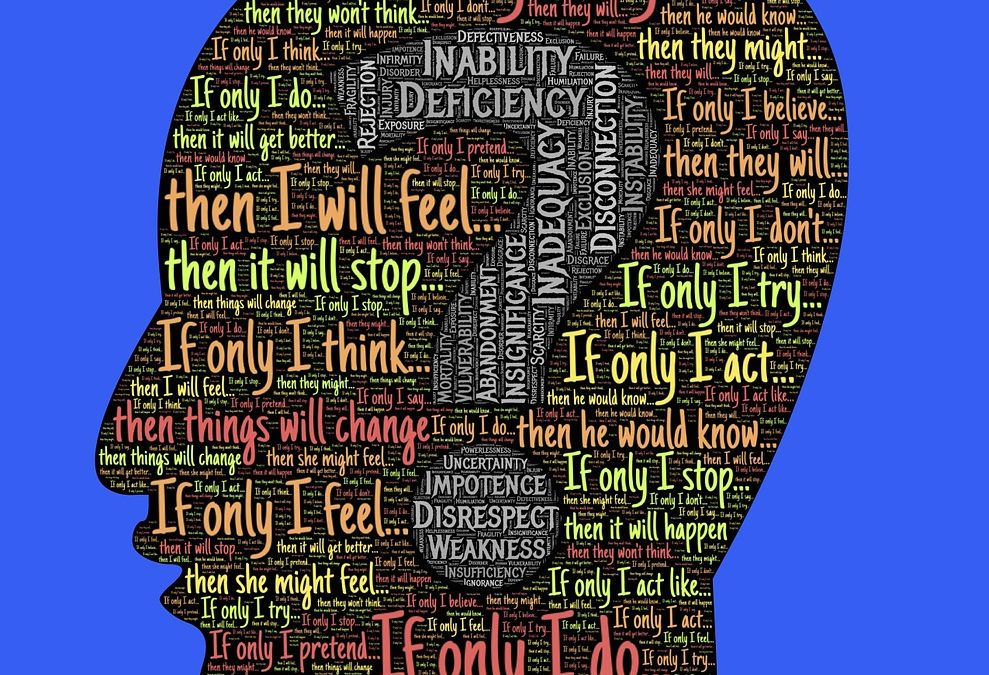
by Jennifer Wolkin | Jul 31, 2015 | Wellness
This blog post originally appeared on Further Food.

Fibromyalgia consists of a complex array of symptoms, which include widespread muscle and joint pain along with overwhelming fatigue. It is often a diagnosis with higher prevalence rates in women and has been described as one of the “most controversial conditions in the history of medicine.” To many medical critics, fibromyalgia is one of several “somatic syndromes” driven by sensationalized media coverage, self-interest, and litigation. For these critics, chronic pain syndromes are believed to reside in the minds of the sufferers.
A variety of social and medical critics view chronic pain as a post-modern illness sharing a lineage with nineteenth-century pseudo-maladies like hysteria. These illnesses, they contend, originate in vulnerable human psyches. Central to these suspicions is the seemingly unshakable belief that chronic pain is a psychosomatic disorder, with the implication that the sufferer’s pain is not medically “real.”
Psychosomatic explanations ultimately reduce chronic pain to mental factors, the consequences of which are significant.
One consequence is that psychosomatic pain is inevitably devalued and the credibility of its sufferers is questioned. Another consequence is that accepted treatments for “physical” pain, like analgesics, may be discouraged even when they may be necessary. Often, being invalidated triggers depression and anxiety, which increases the burden of the disease, adds to the pain, and results in more stigmatization.
A lot is at stake, then, if chronic pain is conceived as psychogenic.
When it comes to fibromyalgia, there is a lot that Western Medicine continues to ignore. There is still no certain cause or recognized treatment that works for everyone. Many things, however, have become, at least anecdotally speaking, crystal clear:
1. People who suffer with symptoms can find relief by making certain lifestyle choices.
2. The expression and manifestation of Fibromyalgia is diverse and what works for one person might not work for another.
3. Fibromyalgia symptoms can have a significant impact on your life—your work, relationships with family members and friends, and your overall outlook.
4. A combination of treatment modalities is very beneficial.
Many people who suffer with fibromyalgia turn to their diets when making lifestyle choices that will offer relief and improve their overall functioning. The fibromyalgia-diet connection has in part emerged from the idea that people with fibromyalgia have mitochondria dysfunction, and therefore they need to increase levels of certain nutrients in order to produce enough energy.
While research hasn’t indicated specific foods that all fibromyalgia patients should add or avoid, there is a lot of anecdotal evidence that supports eliminating and adding certain nutrients to the diet for relief. For example, caffeine and highly processed foods are often linked to exacerbation of fibromyalgia symptoms. The relief that comes through this kind of mindful eating is buttressed by other healthy lifestyle choices, such as adding an exercise regimen to your day, getting enough sleep, and reaching out to a mental health professional.
Since fibromyalgia is so diverse in its symptom presentation, what works for one person might not work for you. There will most likely be trials and errors as one finds relief, and a multi-disciplinary and holistic approach will likely work best. This might include dietary changes, psychological support, and perhaps medications and/or herbal supplements.
Whatever your journey entails, I know and trust it is worth the hope of a healthier and happier life. You can and will come to thrive, one step at a time!

by Jennifer Wolkin | Jul 6, 2015 | Mindfulness, Wellness
At the end of each new intake evaluation I always ask my patients to delineate one to three concrete goals for their work in therapy. Many of them don’t even have to give it any thought, and immediately and confidently say: “I want to lose this sense of my fear, and make these symptoms of anxiety go away”.
Yet, from what I have learned through my training, mentors, and my own therapy, and what I tell my patients when they embark on a journey to rid themselves of anxiety and fear…
Not only is it impossible to rid yourself of these feelings, it is detrimental. The point of therapy isn’t to “fix” you, or to make your feelings go away, but rather to help you learn the skills to enable yourself to bring those feelings into balance, to an adaptive level, where they belong.
 Fear, you see, is evolutionary. The fact that our fight or flight mechanisms arouse us to impending dangers or threats is a gift. Anxiety, which is similar to fear, but engages more of the thinking part of our brain, is also just as adaptive. If we never got anxious, we’d never go to the doctor, study for an exam, make sure we have a retirement plan in place, or pay our electric bills. In fact, anxiety is linked to conscientiousness, and conscientiousness is linked to longevity.
Fear, you see, is evolutionary. The fact that our fight or flight mechanisms arouse us to impending dangers or threats is a gift. Anxiety, which is similar to fear, but engages more of the thinking part of our brain, is also just as adaptive. If we never got anxious, we’d never go to the doctor, study for an exam, make sure we have a retirement plan in place, or pay our electric bills. In fact, anxiety is linked to conscientiousness, and conscientiousness is linked to longevity.
Yes, the inability to feel anxious can shorten your life! So, by that logic, anxiety is life-promoting!
Here is the thing to remember though. It is about working to keep the anxiety and fear at adaptable levels, and to live not in spite of these feelings, but because of them!
I personally struggle with the balance of adaptive and less adaptive anxiety all the time. Here’s just a little example:
A few weeks ago, I woke up at 4am. I couldn’t sleep – at first, I didn’t really feel much of anything. I just lay in bed, not knowing what to do, so I just looked up at the ceiling. I finally got up and walked around, shut the light, opened the light, shut the light, got some water, went back into bed, got out of bed, and at that point I was starting to cycle through some very destructive and fear-induced thought processes. I was starting to feel mentally and physiologically stressed, but then…
here was my moment…
I put my sneakers on and I could feel some sort of new adrenaline rush inside me, not a toxic one, but one that lifted me up (there’s a fine line between these adrenaline rushes, different mindset, but same ‘ol physiology). Whether I was excited or stressed, my fight or flight was elicited. I think the interpretation of what it means is the difference between the biophysiological and psychosocial consequences of the rush.
This rush catapulted me to the gym, finally feeling energized enough to exercise. I nearly skipped all the way there, and when I arrived the sight of sweaty people elated me – so many people alive and moving and motivated to heal and live longer by bringing their heart rate up, or combating obesity, or high blood sugar, or just general malaise, or a depressed stupor. I was inspired by this tableau, which touted the need for social milieus to act out the yearnings of the mind and body to thrive. We were all acting on our fears together.
Fear and anxiety are the human struggle, and the struggle is real. My therapist encourages me, and I in turn encourage my own patients, to embark on living a healthier life, the life they desire, by embracing their fear, without letting it cripple them. And fear, can most definitely cripple.
Many people have said, “Use fear as fuel”, and while the catchphrase might be cliché, it couldn’t be truer. There is nothing to rid ourselves of, only everything to embrace…
What has your experience been? Are you up for embracing your fear and working WITH it?
Let’s embrace all of ourselves; especially those BrainCurves :).
– Dr. Jen




 Fear, you see, is evolutionary. The fact that our fight or flight mechanisms arouse us to impending dangers or threats is a gift. Anxiety, which is similar to fear, but engages more of the thinking part of our brain, is also just as adaptive. If we never got anxious, we’d never go to the doctor, study for an exam, make sure we have a retirement plan in place, or pay our electric bills. In fact, anxiety is linked to conscientiousness, and conscientiousness is linked to longevity.
Fear, you see, is evolutionary. The fact that our fight or flight mechanisms arouse us to impending dangers or threats is a gift. Anxiety, which is similar to fear, but engages more of the thinking part of our brain, is also just as adaptive. If we never got anxious, we’d never go to the doctor, study for an exam, make sure we have a retirement plan in place, or pay our electric bills. In fact, anxiety is linked to conscientiousness, and conscientiousness is linked to longevity.